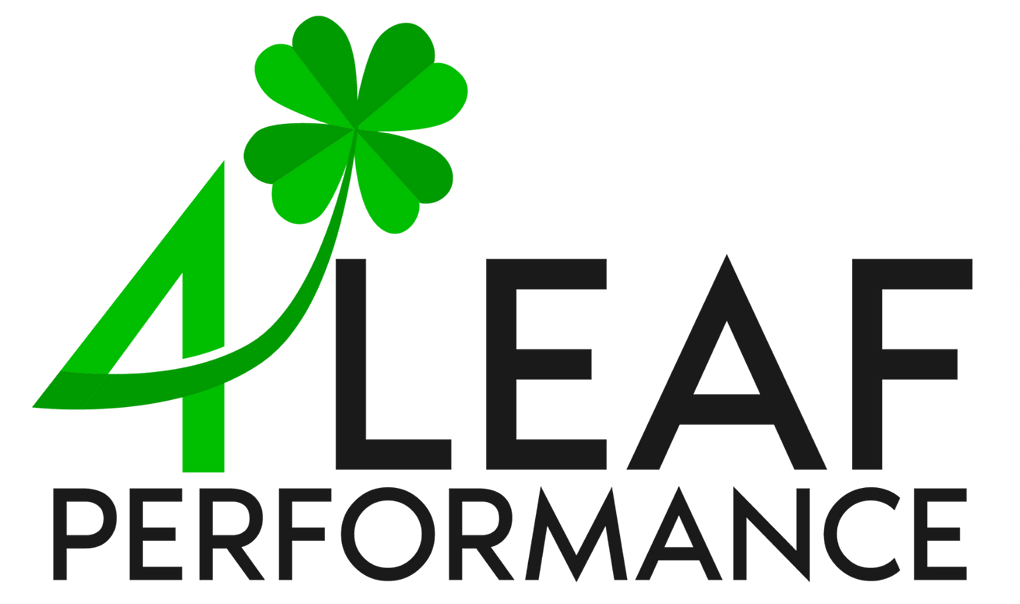You’ve built a solid business strategy. The vision is clear, the goals are bold, and the strategic business plan is in place. But the real challenge is turning that strategy into daily execution that actually moves the business forward.
Many leaders get stuck here. Strategic management isn’t just about setting the direction—it’s about ensuring that teams across the organization know how their day-to-day work contributes to broader goals. Without the right systems, priorities can get lost in translation, and momentum stalls.
Why Strategy Execution Often Fails
Creating a business strategy is one thing—executing it is another. Many organizations invest significant time and effort into developing a strategic business plan, only to find that progress stalls once implementation begins. The disconnect usually isn’t in the plan itself but in how—or whether—it’s carried out.
One common reason for failure is lack of clarity. Even a strong growth strategy can fall flat if team members aren’t sure what success looks like or how their role contributes to the bigger picture. If the strategy isn’t translated into clear goals and day-to-day priorities, people end up working hard on the wrong things.
Another barrier is poor communication. Strategic management requires more than announcing the plan once and hoping it sticks. Without ongoing communication and alignment, different departments may interpret the strategy differently or lose sight of it altogether.
Resource misalignment also plays a role. Momentum fades when the right tools, people, or time aren’t allocated to support strategic initiatives. Teams can’t deliver results if they’re stretched too thin or pulled in multiple directions.
Finally, a lack of accountability can stall execution. If no one is clearly responsible for tracking progress or driving outcomes, the strategy quickly becomes just another document. Without defined ownership and consistent follow-through, even the best business strategy loses traction.
Understanding why execution fails is the first step toward building a system that keeps your strategic business plan moving forward in real-time.
The Core Elements of Strategy Execution
A business strategy can only deliver results when the proper foundation supports it. Execution is about aligning people, tools, and priorities so that strategy turns into action. These six elements form the core of effective strategic management and help ensure that your strategic business plan stays on track.
Clear Vision and Objectives
Your team needs to understand where the business is headed and why. A clearly defined vision provides direction, while well-structured objectives break that vision into measurable outcomes. Without this clarity, team members may stay busy and may not make progress toward the right goals.
Effective Communication
Communication doesn’t end with a strategy rollout. It needs to be ongoing, clear, and consistent. Every team should understand how their daily responsibilities contribute to the growth strategy. Regular updates and check-ins help reinforce alignment and reduce confusion.
Resource Allocation
Executing a business strategy requires more than good intentions—it needs the right resources. These include time, budget, tools, and skills. Strategic management depends on ensuring that the right people have what they need to deliver on strategic priorities.
Performance Measurement
You can’t manage what you don’t measure. Setting key performance indicators (KPIs) allows you to track progress and identify when adjustments are needed. Scorecards and dashboards give teams visibility into how their work is contributing to the larger strategy.
Adaptability
Even the best strategic business plan will need to flex. Markets shift, priorities evolve, and new challenges arise. Organizations that build adaptability into their process are better equipped to make timely decisions without losing sight of long-term goals.
Accountability
Clear ownership at every level drives execution. When teams understand their responsibilities and have defined standards to meet, they’re more likely to follow through. Accountability creates focus and ensures that progress is measured and sustained.
These core elements work together to turn strategic planning into repeatable, results-driven execution. Without them, even the most thoughtful business strategy can fall short.
A Step-by-Step Strategy Execution Framework
Turning a business strategy into daily execution requires structure. A well-defined execution framework helps leaders connect the strategic business plan to what actually happens on the ground. Below is a straightforward, six-step framework designed to support both short-term traction and long-term results.
Strategic Planning
Start by defining your business strategy in clear, actionable terms. This means identifying long-term goals, strategic priorities, and measurable outcomes. A strong strategic management process ensures that these elements align with your company’s vision and growth strategy.
Action Planning
Translate high-level strategy into specific initiatives, milestones, and tasks. This is where big ideas become operational plans. Outline what needs to be done, who’s responsible, and when deliverables are due. Detailed action plans create visibility and reduce ambiguity for all teams involved.
Communication and Alignment
Make sure everyone understands the plan. Hold kickoffs, distribute documentation, and reinforce messages in team meetings. Help each team member see how their role contributes to the strategic business plan. Alignment builds clarity and commitment.
Implementation
Put the plan into motion. Assign responsibilities, allocate resources, and activate the tools your team needs to execute effectively. This is where scorecards, OKRs, and project management systems begin to support daily operations tied directly to your business strategy.
Monitoring and Evaluation
Track performance consistently. Use KPIs, dashboards, and team check-ins to measure progress and catch issues early. Strategic management isn’t static—it’s an ongoing cycle of observing, adjusting, and improving. Regular reviews keep teams focused and responsive.
Continuous Improvement
Execution doesn’t stop at completion. Conduct retrospectives to understand what worked, what didn’t, and where you can improve. This feedback loop supports stronger execution over time and ensures your growth strategy stays relevant in a changing environment.
Each step builds on the last, creating a practical structure that helps organizations move from vision to action without losing momentum.

Tools That Bridge Strategy and Action
Even the most well-developed business strategy can fall short without the right tools to support execution. Bridging the gap between planning and action requires practical systems that help teams stay aligned, track progress, and stay accountable. These tools aren’t just for organization—they’re central to effective strategic management.
OKRs (Objectives and Key Results)
OKRs help teams focus on what matters most. They break down strategic goals into measurable results and make progress visible. Each objective is tied to a few key results that define success. For example, an objective like “Improve customer retention” might be paired with key results like “Increase renewal rates by 10%” or “Reduce customer churn by 5%.”
OKRs align daily work with broader business strategy and are especially effective in fast-moving environments where priorities need regular check-ins and updates.
Scorecards and Dashboards
Scorecards and dashboards offer real-time visibility into strategic progress. They keep teams focused on the right metrics and help leaders quickly identify what’s on track—and what needs attention.
Tools like the Balanced Scorecard allow organizations to monitor performance across key areas such as customer satisfaction, internal processes, financial performance, and team development. When integrated into weekly or monthly review rhythms, these tools support a disciplined and data-driven approach to strategic management.
Accountability Systems
Clear accountability is essential to strategy execution. RACI matrices (Responsible, Accountable, Consulted, Informed) are useful for defining who owns what across a project or initiative. They prevent confusion and help ensure follow-through.
Other systems—like regular 1:1s, team check-ins, and progress reviews—create the structure needed for consistent execution. When used well, these tools support a growth strategy by helping teams stay focused, organized, and responsible for outcomes tied to the strategic business plan.
When these tools are used together, they create a working system that connects long-term strategy with everyday action—keeping the business strategy active, visible, and moving forward.
How to Embed Strategy Into Daily Workflows
A business strategy isn’t effective until it becomes part of your organization’s daily rhythm. To make progress visible and repeatable, teams need more than a one-time plan—they need workflows that reinforce strategic priorities through everyday actions.
Break Down Goals Into Weekly and Daily Priorities
Start by translating your strategic business plan into short-term deliverables. Set weekly team goals that align with long-term objectives, then use daily planning methods—like Most Important Tasks (MITs)—to help team members stay focused. This approach keeps the strategy present without overwhelming day-to-day operations.
Use Project Management Tools That Link to Strategic Goals
Platforms like Asana, ClickUp, or Monday.com allow teams to track projects while tying each task back to broader objectives. Look for tools that let you tag goals, assign responsibility, and monitor timelines. This visibility reinforces how individual work connects to the overall growth strategy.
Implement Meeting Rhythms That Reinforce Focus
Use short, structured meetings to keep everyone aligned. Daily huddles can surface blockers, weekly syncs help review progress, and monthly reviews allow for adjustment. These routines create space to revisit the business strategy regularly, ensuring that the team stays focused on high-impact work.
Make Progress Visible and Celebrated
Recognize strategic wins at all levels. Highlight when a milestone is hit or when a team member’s work contributes directly to a key objective. Acknowledging progress reinforces alignment and strengthens buy-in across the organization.
Reinforce Standards and Accountability
Embedding strategy into workflows also means reinforcing clear standards. Teams should know what’s expected, how their performance is measured, and who’s accountable for what. When structure and strategy are integrated, day-to-day work becomes more intentional—and outcomes become easier to track.
These practices help ensure your business strategy doesn’t just live in a planning document but comes to life in the way your team works, decides, and delivers every day.

Measuring Progress and Staying Adaptive
To execute a business strategy effectively, leaders need to know whether their efforts are producing meaningful outcomes—and be ready to adjust when they’re not. Build a process that supports informed decision-making at the right moments.
Focus on Progress Over Activity
Not all movement is progress. Measuring outputs—like tasks completed—only tells part of the story. Instead, prioritize results that tie directly to your strategic business plan. Ask: Are we making headway on the goals that matter most? Are we seeing early signs of progress toward our growth strategy?
Make Space for Strategic Reflection
Carving out time for reflection helps teams zoom out from day-to-day execution and evaluate overall direction. This might look like dedicated monthly check-ins to reassess priorities, team-led discussions around roadblocks, or facilitated strategy reviews that explore what needs to shift. These moments aren’t about reporting—they’re about learning and adapting.
Build Feedback Into Workflow, Not Just Reports
Progress tracking shouldn’t only happen in dashboards. When teams give and receive regular feedback through working sessions, retrospectives, and collaborative planning, it becomes easier to identify issues early and adjust without derailing the strategy. This reinforces strategic management as an ongoing, team-driven process.
Adjust With Purpose
Adaptability is key, but it should still be tied to the core direction of your business strategy. Whether it’s reallocating focus, adjusting timelines, or refining how goals are approached, make sure shifts stay aligned with your long-term strategic business plan. Adaptation works best when it supports—not replaces—intentional direction.
Incorporating these practices keeps your strategy flexible without losing structure. It also helps ensure that your growth strategy isn’t just on paper—it’s alive in the decisions and actions your team takes each day.

Strategy Is Only as Good as Its Execution
A strong business strategy sets the direction, but execution drives results. Turning high-level goals into daily actions requires clarity, structure, and the right tools to support your team. When strategic management is done well, it becomes part of how your organization operates—not just something reviewed once a year.
From setting clear objectives to tracking progress and staying adaptable, each step in the strategy execution process builds momentum. A well-aligned strategic business plan, supported by systems like OKRs, dashboards, and accountability frameworks, ensures your growth strategy moves from concept to impact.
If you’re ready to transform your strategy from planning to performance, we can help. At 4 Leaf Performance, we work with leadership teams to define complex goals, install clear execution frameworks, and align daily operations with a long-term vision.
Let’s turn your business strategy into action. Connect with us to learn how our strategy consulting services can help your team stay focused, accountable, and results-driven.




Strategy without execution is just ambition on paper. The real power lies in translating vision into consistent, measurable action—and that’s where clarity, systems, and accountability become game changers.
Thank you, Andrew. This is a really insightful and well-structured blog post! It clearly lays out the crucial steps involved in bridging the gap between strategic vision and practical execution. The actionable advice and clear explanations make it a valuable resource for anyone looking to improve their business’s operational effectiveness. I especially appreciated the emphasis you placed on clear and consistent communication throughout the entire process. Beyond just achieving results, the point about a good execution organization fostering a culture of sustaining those results is also spot on. That’s where long-term success truly lies! Keep up the great work!